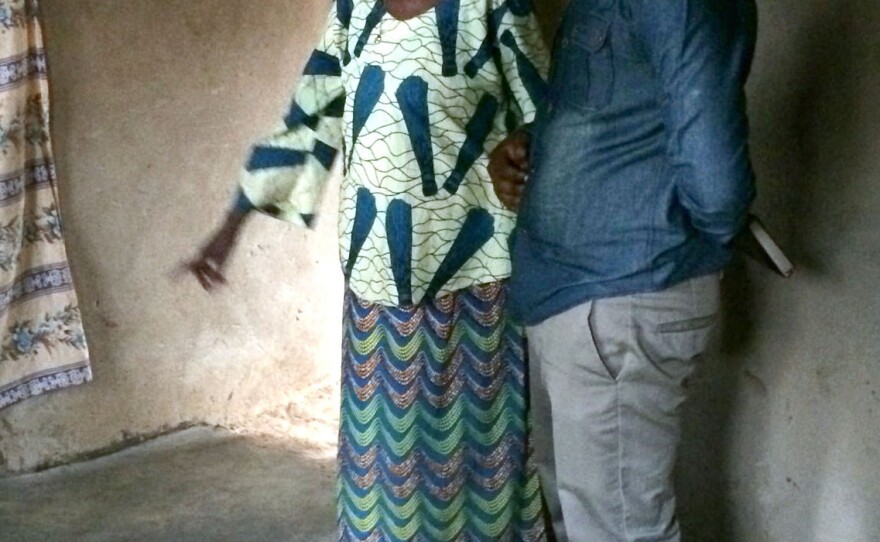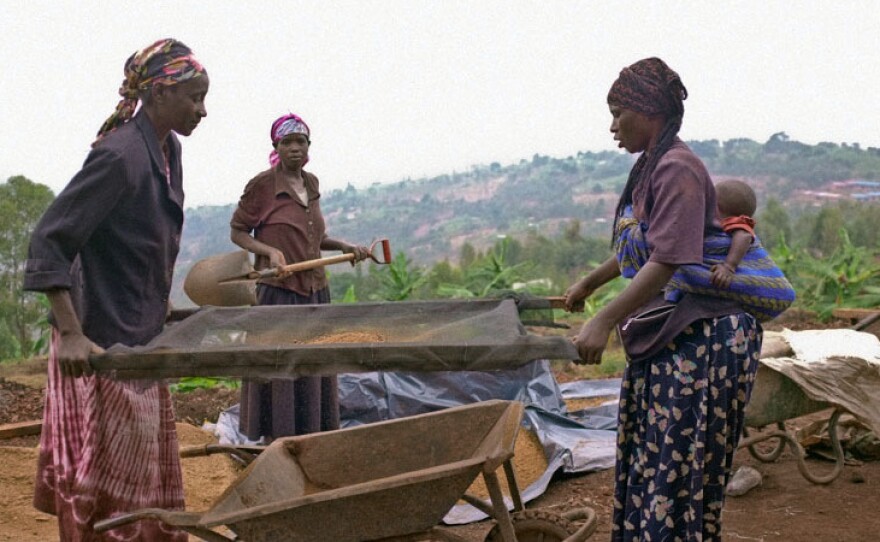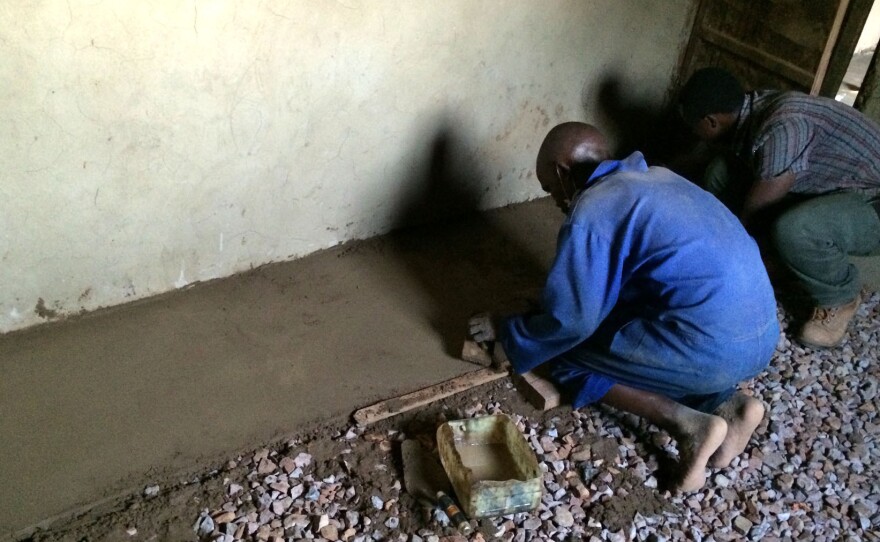

Most of us overlook the ground beneath our feet. But when Gayatri Datar, 28, looks at the floor, she sees an opportunity to improve public health.
A research trip to Rwanda last year, when she was a Stanford University M.B.A. student, transformed Datar's perspective. "I kept seeing dirt floors," she recalls. For those who had to live and sleep on them, "it was clearly an unsanitary environment. Dust is kicked up in the dry season. In the rainy season, there are puddles. It's a breeding ground for mosquitoes. It's impossible to clean a dirt floor because it's just dirt."
Indeed, diarrhea, a leading killer of children in the developing world, spreads more easily in homes with dirt floors. So do respiratory and parasitic diseases. Because cleaning the floors is so difficult, fecal matter brought in on shoes or from dirty water spilled indoors tends to stay put, and children are especially likely to ingest it.
A 2007 World Bank study of a Mexican government program to replace dirt floors with concrete found that doing so "significantly improves the health of young children." Among the study's findings: "A complete substitution of dirt floors by cement floors in a house leads to a 78 percent reduction in parasitic infestations, a 49 percent reduction in diarrhea, an 81 percent reduction in anemia and a 36 to 96 percent improvement in cognitive development." Beyond this, adults reported "increased satisfaction with ... their quality of life."
Datar became preoccupied with figuring out a way to provide more healthful floors for the roughly 80 percent of Rwanda's 11.5 million population living in homes built directly on the ground. Back in California, she teamed up with other students to investigate the possibilities. Concrete, the most common replacement for dirt floors, is unaffordable for most Rwandans, costing nearly as much as many earn in an entire year.
But an eco-friendly home design trend in the Western United States could be translated easily to the Rwandan context: earthen floors. Also known as adobe, these are the dirt floor's more refined cousins — they still rely on materials from the ground, but with important extra steps.
To construct an earthen floor, a layer of gravel — to prevent water from seeping up and destroying the floor from underneath — is covered by a compressed mixture of sand, clay and natural fibers that is burnished and sealed. The seal creates a waterproof barrier and allows the floor to be washed.
"This is done in modern, beautiful homes in the United States," Datar says. "There was no reason not to do it in Rwanda."
In the United States, earthen floors are commonly sealed with linseed oil, which hardens into a dry, waterproof finish. But linseed oil is not readily available in Rwanda, and it's expensive.
So Datar enlisted Rick Zuzow, a Stanford biochemistry Ph.D. student, to devise an alternative. He uses soya oil, which is relatively inexpensive and easy to obtain in Rwanda. When processed with a proprietary "special sauce," the result is a functional floor-sealing substitute. ("It will also work with corn oil," Zuzow says.). Five liters (1.3 gallons) of the oil, at $2 per liter, can treat floors covering a 20-square-meter (215-square-foot) space. The overall cost of installing a floor is about $50, a tenth the cost of a concrete floor for the same space, Datar says.
Datar set up EarthEnable, a nonprofit group that began manufacturing and installing earthen floors in Rwanda's Bugesera district, near Kigali, the capital, last year. A pilot project so far has provided 21 new floors to seven homes and trained 20 local masons to create and install the floors. Datar and her team aim to provide dozens more in the months to come. They'll be analyzing the health results as well. For now, residents of homes with new earthen floors are reporting less dust, fewer bugs (especially parasitic chigoe fleas, also known as jiggers), cleaner clothing and warmer rooms.
Families with young children seem especially pleased. In one home with nine kids, the single dirt-floor room where everyone slept "smelled awful when we started, as it was soiled," Datar says. The children "often wet the bed."
The top layer of dirt was dug out to make way for a new earthen floor. These days, Datar says, "The mother is incredibly happy to be able to finally clean her floor 'like all the other women.' "
Copyright 2014 NPR. To see more, visit http://www.npr.org/.






